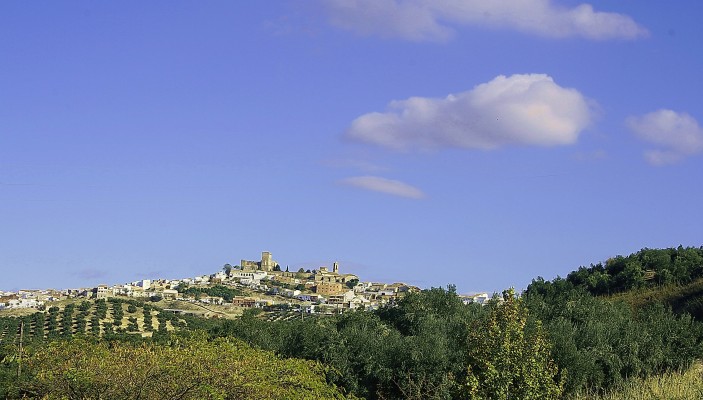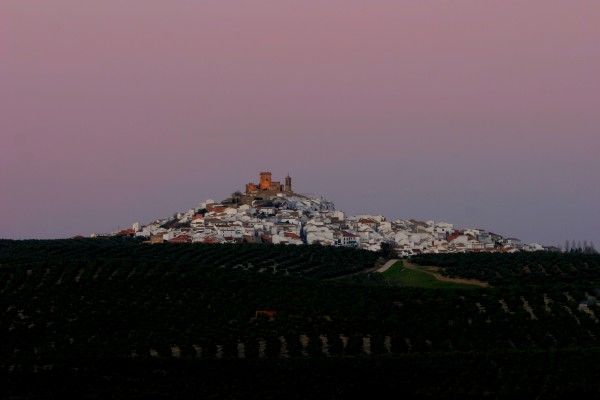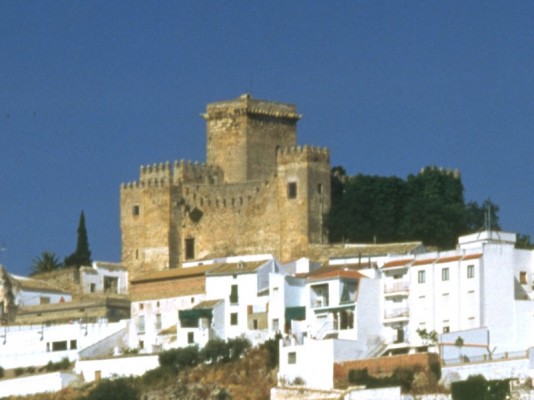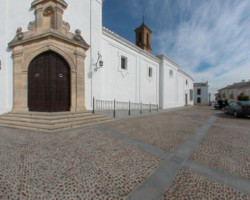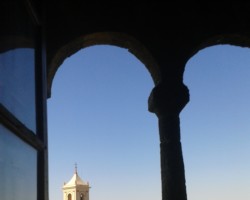Espejo appears as an elongated white ship that has run aground amidst the golden sea formed by the cereals of the Campiña. Espejo appears as an elongated white ship that has run aground amidst the golden sea formed by the cereals of the Campiña, whereby the bridge is represented by the residential castle of the Duchy of Osuna. Not even the parish church, the Iglesia de San Bartolomé, with its bright and colourful interior, attempts to overshadow the fortress, and is satisfied with a tower of modest proportions. Visible from all angles of approach, Espejo, from the Latin specula, or watchtower, is indeed the watchtower of the Campiña.
- This village is located in the southeast of the province, next to the C-432 road.
- Distance from Córdoba: 33 km.
- Altitude: 418 m.
- Surface area: 56.9 km2.
- Population: 3.749.
- Term used to designate inhabitants: Espejeños
- Region: Guadajoz – Campiña Este.
The present-day village stands on the site of Iberian/Turditanian city of Ucubi, which earned the gratitude of Julius Caesar for support provided in his battles against Pompey, and in consequence the locality was elevated to the status of Roman colony under the name of Colonia Claritas Iulia Ucubi. Little information exists in relation to the village during the period of Moorish occupation, when it bore the name of Alcalá, and it was deserted following conquest by Ferdinand III in approximately 1240. At the beginning of the 14th century, Pay Arias de Castro, constructed the castle and repopulated the village, now called Espejo, an estate that was ceded to him in 1304 by Ferdinand IV. In 1377, Henry II ceded the village as entailed estate, along with Lucena, to María Alfonso de Argote, who married Martín Fernández de Córdoba, Lord of Chillón, whereby Espejo became linked to the House of the Alcaide de los Donceles.


